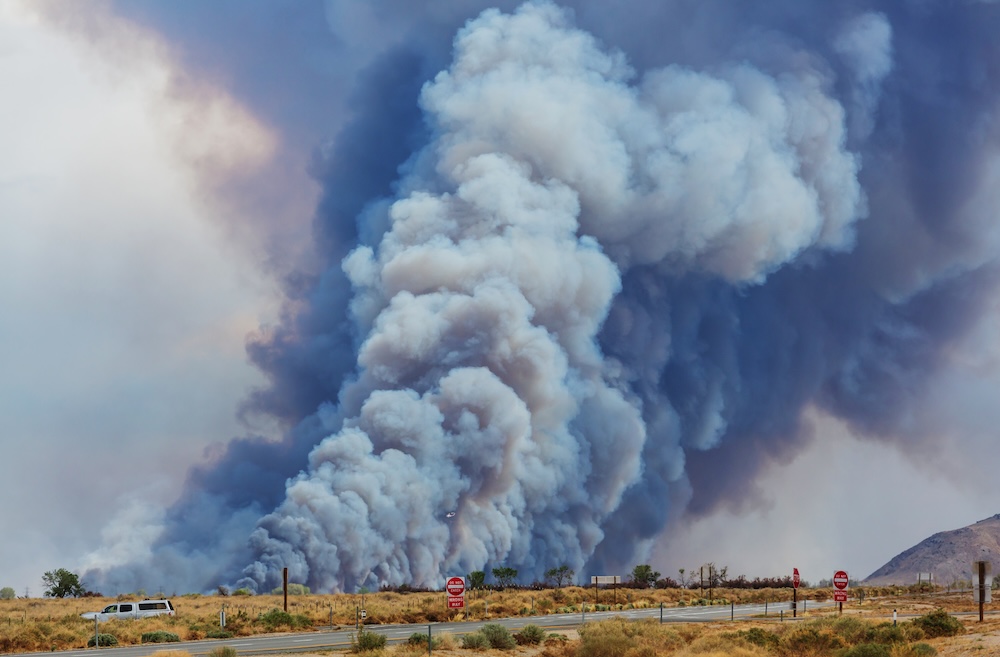What Is Carbon Monoxide?
Carbon monoxide (CO) is a colorless, odorless, and tasteless gas that can be deadly in high concentrations. It’s typically known as a byproduct of fossil fuel combustion—like from car engines or gas heaters—but natural sources of carbon monoxide also exist, and they play a surprising role in Earth’s atmospheric chemistry.
Natural Sources of Carbon Monoxide
While human activity contributes significantly to CO levels, nature also produces carbon monoxide in a few key ways:
1. Wildfires and Biomass Burning
- Forest fires, brush fires, and even controlled burns release large amounts of CO.
- Decomposition of organic matter in low-oxygen environments (like peat bogs or dense forests) also produces carbon monoxide.
2. Volcanic Activity
- Erupting volcanoes emit carbon monoxide along with other gases like sulfur dioxide and carbon dioxide.
- CO is usually a minor component but can still affect local air quality.
3. Photochemical Reactions in the Atmosphere
- Sunlight breaks down methane (CH₄) and other volatile organic compounds (VOCs), producing carbon monoxide.
- This process is a major natural source of CO and is constantly occurring in the troposphere.
4. Oceans and Soils
- Certain marine organisms and microbial processes in soil can emit trace amounts of CO.
- These are usually minor contributions but still part of the overall natural cycle.
The Role of Carbon Monoxide in the Atmosphere
Carbon monoxide doesn’t linger forever. It reacts with hydroxyl radicals (OH) in the atmosphere, reducing the presence of these “air-cleaning” molecules.
This makes carbon monoxide a regulator of atmospheric chemistry, particularly in how long other greenhouse gases like methane remain in the atmosphere. Although CO itself is not a strong greenhouse gas, its indirect effects can influence climate change and air quality.
Natural vs. Man-Made CO
| Source Type | Main Contributors |
|---|---|
| Natural | Wildfires, photochemical reactions, volcanoes |
| Man-Made | Vehicles, factories, heaters, power plants |
Man-made sources tend to produce CO in areas with high population, increasing the risks to human health. Natural sources, while widespread, are typically more diluted or occur in less populated regions.
Environmental and Health Impacts
- Health: Even natural CO buildup can be dangerous in enclosed or low-ventilation areas (e.g., caves, near wildfires).
- Air Quality: Natural CO emissions can exacerbate smog, especially when combined with nitrogen oxides and VOCs.
- Ecosystems: In some environments, elevated CO levels can disrupt the delicate balance of microbial life or plant respiration.
Common Questions
Can natural CO exposure be dangerous to humans?
Yes, particularly near wildfires or in enclosed natural spaces where CO can accumulate.
Is carbon monoxide always harmful?
In high concentrations, yes. But in the atmosphere, CO plays a role in regulating other gases and is part of natural cycles.
Do plants or animals emit carbon monoxide?
Some microbial processes and plant decay can release small amounts of CO, especially in oxygen-poor environments.
Can you reduce natural CO exposure?
Stay away from wildfire areas, ensure good ventilation in caves or natural gas-emitting environments, and monitor air quality.
Final Thoughts
Carbon monoxide is more than just a byproduct of car exhaust—it’s a naturally occurring gas with complex behavior and real implications for air quality, atmospheric chemistry, and human health.
By understanding its natural sources, we gain a clearer picture of how carbon monoxide fits into the broader environmental puzzle—and why both natural and human-made emissions need to be carefully managed for a healthier planet.









Reader Interactions